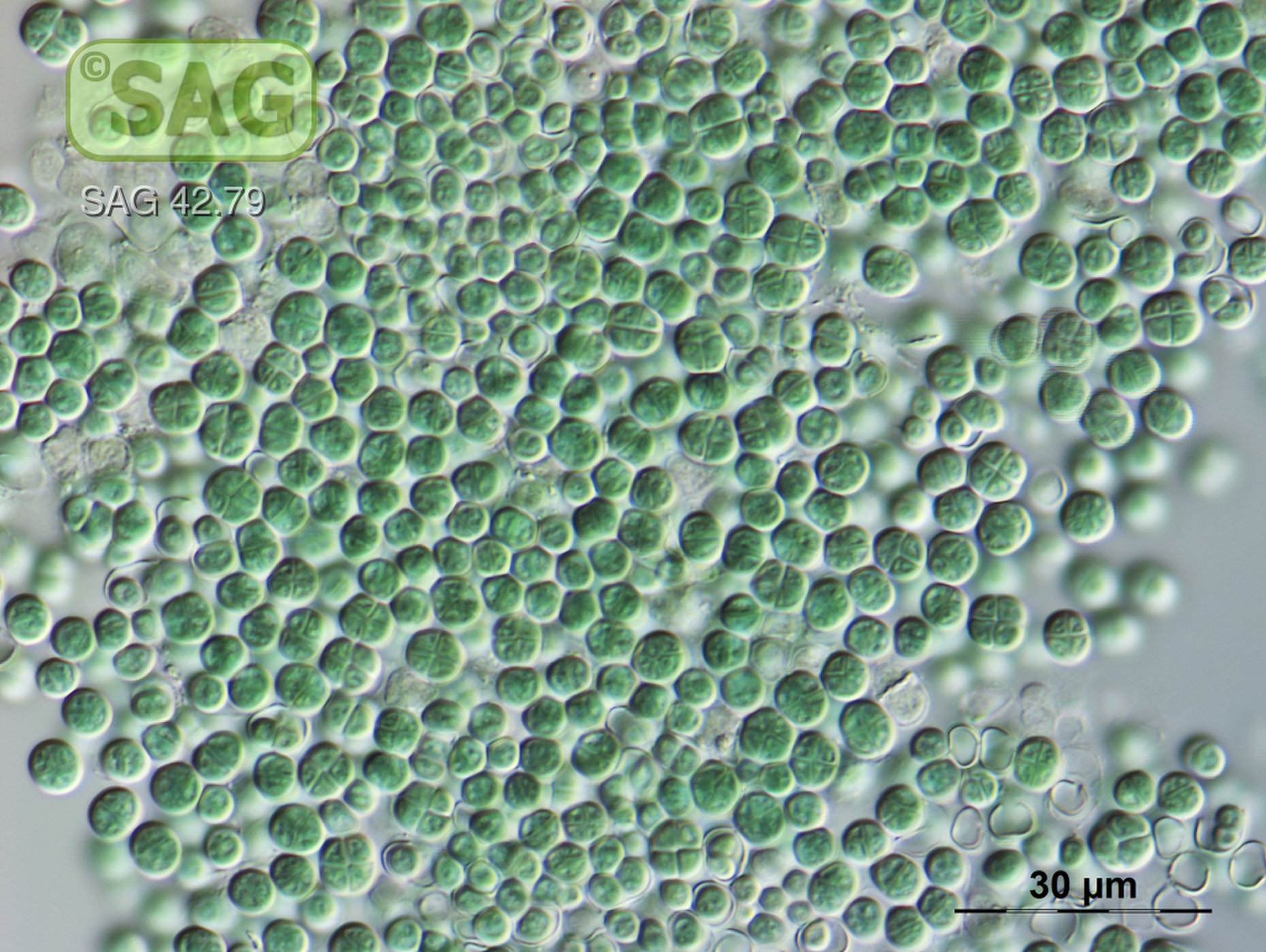Chroococcidiopsidales on:
[Wikipedia]
[Google]
[Amazon]
 ''Chroococcidiopsis'' is a photosynthetic, coccoidal bacterium. A diversity of species and cultures exist within the genus, with a diversity of phenotypes. Some Extremophiles, extremophile members of the order Chroococcidiopsidales, Chroococidiopsidales are known for their ability to survive harsh environmental conditions, including both high and low temperatures, ionizing radiation, and high salinity.
''Chroococcidiopsis'' is a photosynthetic, coccoidal bacterium. A diversity of species and cultures exist within the genus, with a diversity of phenotypes. Some Extremophiles, extremophile members of the order Chroococcidiopsidales, Chroococidiopsidales are known for their ability to survive harsh environmental conditions, including both high and low temperatures, ionizing radiation, and high salinity.
''Chroococcidiopsis''
AlgaeBase {{Taxonbar, from=Q1088359 Cyanobacteria Cyanobacteria genera Space-flown life Extremophiles
 ''Chroococcidiopsis'' is a photosynthetic, coccoidal bacterium. A diversity of species and cultures exist within the genus, with a diversity of phenotypes. Some Extremophiles, extremophile members of the order Chroococcidiopsidales, Chroococidiopsidales are known for their ability to survive harsh environmental conditions, including both high and low temperatures, ionizing radiation, and high salinity.
''Chroococcidiopsis'' is a photosynthetic, coccoidal bacterium. A diversity of species and cultures exist within the genus, with a diversity of phenotypes. Some Extremophiles, extremophile members of the order Chroococcidiopsidales, Chroococidiopsidales are known for their ability to survive harsh environmental conditions, including both high and low temperatures, ionizing radiation, and high salinity.
Desiccation resistance
The ability of ''Chroococcidiopsis'' to resist desiccation in arid environments is due in part because it colonizes the underside of translucent rocks. The underside of these rocks provides enough condensed moisture for growth while the rock's translucent nature allows just enough light to reach the organism for photosynthesis to occur.Mars colonization
Due to its resistance to harsh environmental conditions, especially low temperature, low moisture, and radiation tolerance, ''Chroococcidiopsis'' has been thought of as an organism capable of living on Mars. Scientists have speculated about the possibility of introducing ''Chroococcidiopsis'' to the Martian environment to aid in the formation of an aerobic environment. In addition to oxygen production, ''Chroococcidiopsis'' could aid in the formation of soil on the Martian surface. On Earth, soil is formed by plant, microbial, and geophysical activity on a mineral substrate. The soil produced by chemical weathering of rocks and oxygen produced by photosynthesis could one day provide the conditions necessary for humans to grow food on Mars, possibly allowing for permanent human civilizations on the planet. On a shorter time scale, cyanobacteria such as ''Chroococcidiopsis'' could be used in closed systems to produce resources for human-occupied outposts on Mars without altering the planet's surface or atmosphere. A space mission called EXPOSE#EXPOSE-R2, EXPOSE-R2 was launched on 24 July 2014 aboard the Russian Progress M-24M, and was attached on 18 August 2014 outside the ISS on the Russian module Zvezda (ISS module), Zvezda. The experiment included samples of ''Chroococcidiopsis'' that were exposed to simulated Martian atmosphere, UVC radiation and temperature extremes. In 2022, the findings of the experiments were published.UV and desiccation resistance
Biofilms of ''Chroococcidiopsis'' were exposed to Mars-like ultraviolet, UV-flux and desiccation for up to seven years. Biofilms that were either (1) dried or (2) both dried and UV irradiated were able to recover. When these biofilms were rewetted the nucleotide excision repair genes encoding UvrA, UvrB and UvrC were over-expressed. This suggests that nucleotide excision repair of accumulated DNA damage (naturally occurring), DNA damages contributed to the recovery.See also
* ''Deinococcus radiodurans''References
External links
''Chroococcidiopsis''
AlgaeBase {{Taxonbar, from=Q1088359 Cyanobacteria Cyanobacteria genera Space-flown life Extremophiles